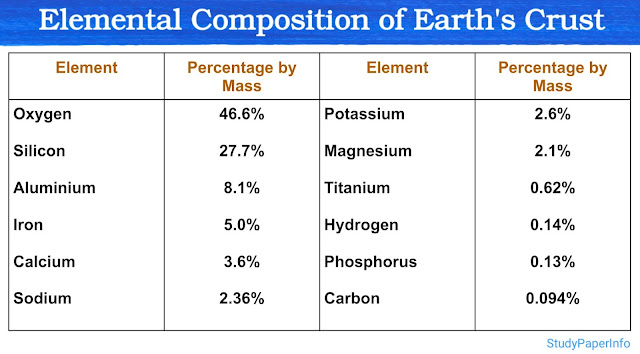Illustrate with an example how can pedigrees be used to study the linkage analysis in humans?
In humans, we cannot do experimental crosses as we do in animals or plants. So to study the inheritance of genes, especially disease-causing genes, we use pedigree analysis. A pedigree is a family tree that records the appearance of a trait across generations. It helps in observing how a gene or a disease is passed from parents to children. Pedigrees are essential in linkage analysis because they help track how a genetic marker and a trait are inherited together.
Linkage analysis is the study of how close two genes (or a gene and a marker) are on the same chromosome. If they are physically close, they will show co-segregation, which means they will be inherited together more often than expected by chance. This happens because crossing over is less likely to occur between them. In humans, we track this through pedigrees across generations using molecular markers like SNPs or microsatellites.
Example: Using a pedigree to find linkage of a disease gene
Let us consider a pedigree of a family affected by a rare autosomal dominant disorder. This pedigree includes three generations. Scientists decide to test a known DNA marker (say, a microsatellite on chromosome 4) in all family members.
- The marker has two alleles: M1 and M2
- All affected individuals carry the M1 allele
- All unaffected individuals carry M2 allele
- The same pattern is observed in multiple generations
- This suggests that the disease gene and marker M1 are linked
Now, if any recombination occurs, we may see an affected person without M1 or an unaffected person with M1. Let's say:
- Total informative meioses = 20
- Recombinant cases = 2
- Recombination frequency = (2/20) × 100 = 10%
- So, map distance between marker and disease gene = 10 cM
This analysis tells us the disease gene lies close to the marker. Such studies are used in mapping human disease genes like the Huntington's disease gene, which was mapped using pedigree-based linkage analysis.
Thus, pedigrees help study inheritance in real families and identify linked genes without controlled crosses. They are especially useful in human genetics and medical research.


Comments
Post a Comment